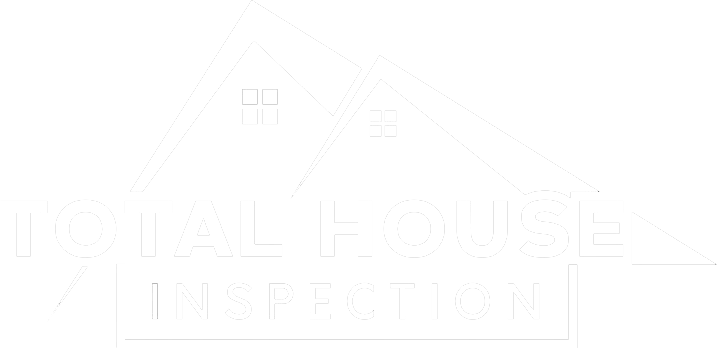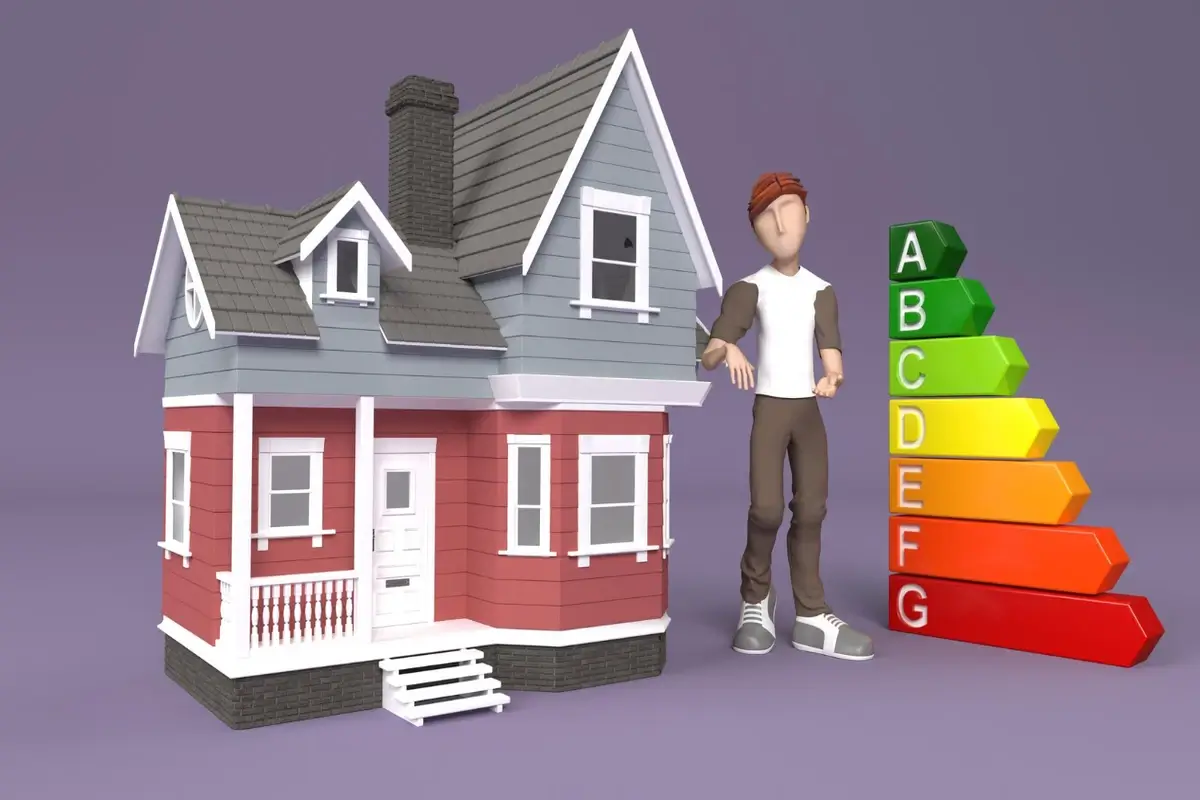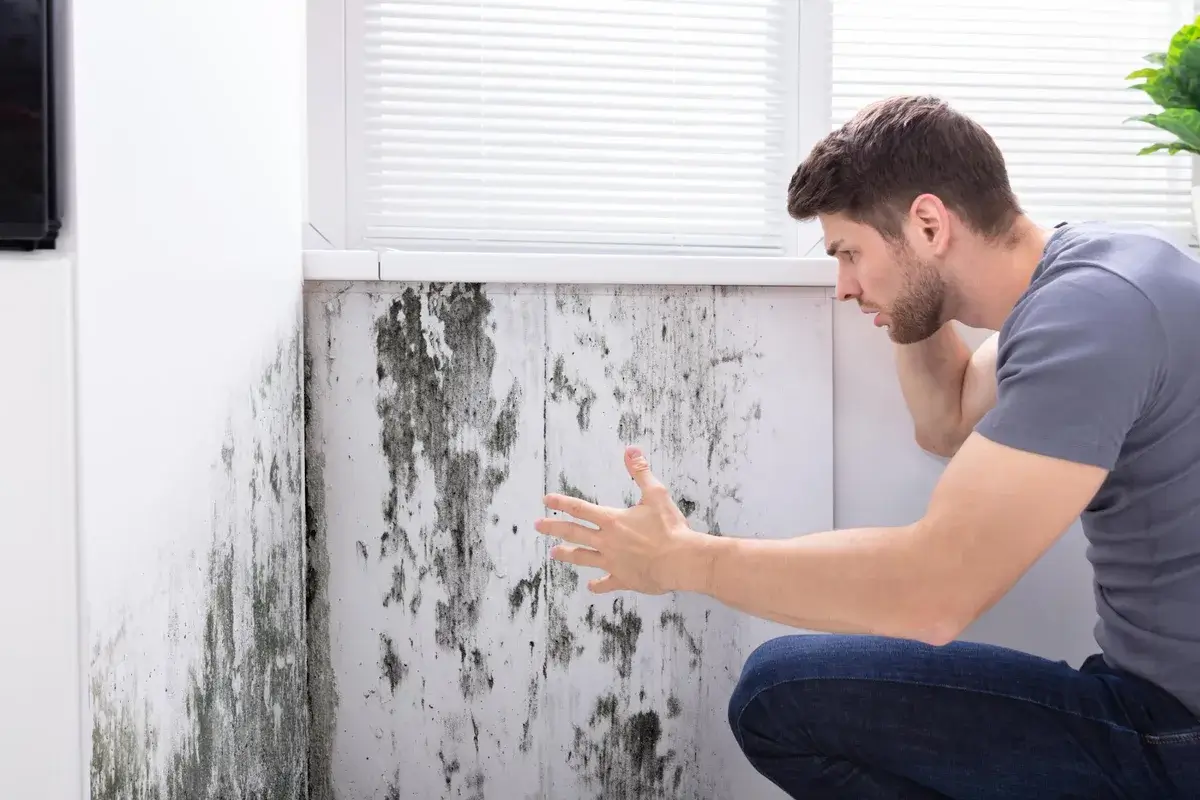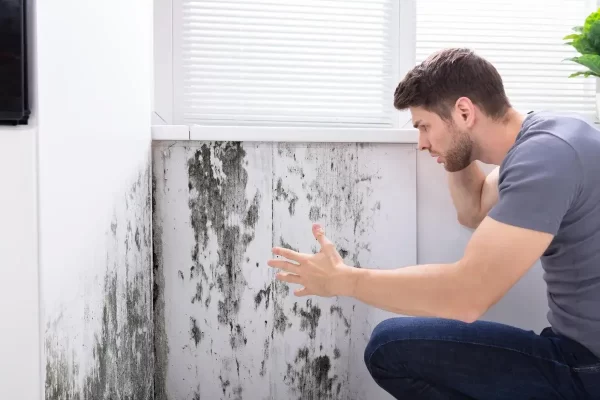Homeowners in Michigan don’t care much about the air quality in their houses. In fact, most of us are unaware of a dangerous substance stealthily hidden in our homes: radon. This naturally occurring radioactive gas is colorless and odorless and is formed from the decomposition of uranium in soil. Understanding radon levels in your home is crucial for maintaining a safe and healthy living space.
The gas enters homes through cracks in the foundation or any other opening in the structure. Experts confirm that radon is the second main cause of lung cancer after cigarette smoking in the U.S. Michigan is home to many older properties and areas of naturally occurring uranium deposits, so it’s essential for homeowners here to be aware of their homes’ radon levels.
What Are Safe Radon Levels
The U.S. Environmental Protection Agency (EPA) recommends that radon levels in your home should not exceed four picocuries per liter (pCi/L). The measurement expressed through this data displays the quantity of air-based radiation. Having radon levels higher than four picocuries per liter presents health risks to you and your household members.
Let’s understand this from a simple example. Being near the coastal waters means that you will receive slight water drops. As you enter the water and go deeper into it, you will get wetter, and if you can’t swim, you can likely drown. The same goes for radon levels; sustained exposure to higher levels is dangerous.
Radon measurement at your home determines the amount of radiation to which you are exposed. You must know the risk level it poses to your health.
Why Should Michigan Residents Care About Radon Levels
Michigan is one of the many states with elevated radon levels due to its geography. The Michigan Department of Environmental Quality (MDEQ) notes that about 1 in 4 homes in Michigan have radon levels that exceed the safe threshold of 4 pCi/L. The figure stands as an alarming indicator given the number of habitable properties in Michigan.
After the Ice Age, glacial soils became the state’s main source of radon contamination. The soil contains uranium that decomposes into radon gas. So, even if you live in a newly built home or one that’s been well-maintained, it could still be susceptible to elevated radon levels. Residents of Michigan must prioritize regular radon testing at home because of the high importance of radon detection.
How Do You Know If Your Home Has Dangerous Radon Levels
It is next to impossible to detect radon naturally, let alone verify its dangerous levels, thanks to its colorless, odorless, and tasteless properties. The only way to know if your home has unsafe radon levels is to conduct a radon test.
A radon test comes in two formats: short-term and long-term. A short-term test lasts anywhere from 2 to 90 days and can give you an immediate snapshot of the radon levels in your home. If your test results show levels above 4 pCi/L, the EPA recommends taking further action to reduce radon levels. Long-term tests, on the other hand, last over 90 days and provide a more accurate, year-round average of radon levels in your home.
Radon testing in Michigan homes involves both short- and long-term tests.
How To Test For Radon In Michigan Homes
The radon testing process is simple, uncomplicated, and requires some basic effort and little time. Radon test kits are available from local hardware stores and online retailers. Local health departments in Michigan also provide residents with radon testing kits or services for its detection.
Here are some practical tips to get accurate radon levels in your home.
- Place radon test kits in the lowest level of your house, like basements or ground floors. This is because radon is likely to accumulate in the lowest level of your house.
- Keep the windows and doors closed at least 12 hours before the test. Ventilation can affect the results.
- Pay special attention to every instruction in your test kit when using short-term kits.
- Send your samples to the laboratory using a mail-in kit, if available, and wait for the evaluation results.
What Should You Do If Radon Levels Are High
If your test results show that your radon levels are above the recommended 4 pCi/L, don’t panic. The reduction of radon levels in your home is possible through different methods.
- A radon mitigation system is one of the standard solutions for home radon remediation. It includes a vent pipe that works alongside a fan for radon extraction from your home.
- In some cases, sealing cracks and openings in the foundation can also help reduce radon levels. Because each house has unique conditions, professionals must determine the most suitable solution.
Radon Mitigation: What To Expect
After examining your house’s structure, the radon mitigation expert will develop customized ventilation solutions for your home. The process typically involves:
- Installing a vent pipe system that extracts radon from house foundations to safely direct it outside.
- Adding a fan improves radon gas evacuation by exerting pressure.
- Caulking and filling all holes and cracks will stop radon from entering your house.
The price for installing a radon mitigation system ranges between $800 and $2,500 based on the home’s size and radon levels. However, nothing is more important than home safety, so take it as an investment in your well-being.
Radon Testing And Mitigation: A Test For Michigan Homeowners
Michigan residents should treat radon detection and treatment as essential protective measures because radon levels remain high in the state. Slow but sustained radon exposure has dangerous health implications. Detecting radon early will help you maintain a healthy and safe household.
Conclusion
As a Michigan homeowner, it’s important to take proactive steps to ensure your home’s radon levels are safe. Simple radon testing is not costly and protects your health in the most effective way. If you find that your home’s radon levels are high, don’t wait any longer to address the problem. You can find cost-effective ways to decrease radon levels, which will protect your family members.
If you’re concerned about the radon levels in your Michigan home, Total House Inspection is here to help. Our organization delivers full radon testing services and expert radon reduction solutions. Protect the health of your family members by booking an appointment for our services right now.
Reach out immediately for insulation of your home to maintain its health and safety.









